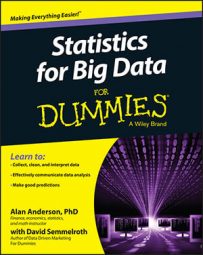Before you apply statistical techniques to a dataset, it's important to examine the data to understand its basic properties. You can use a series of techniques that are collectively known as Exploratory Data Analysis (EDA) to analyze a dataset. EDA helps ensure that you choose the correct statistical techniques to analyze and forecast the data. The two basic types of EDA techniques are graphical techniques and quantitative techniques.
Graphical EDA techniques
Graphical EDA techniques show the key properties of a dataset in a convenient format. It's often easier to understand the properties of a variable and the relationships between variables by looking at graphs rather than looking at the raw data. You can use several graphical techniques, depending on the type of data being analyzed. You use the following:
Box plots
Histograms
Normal probability plots
Scatter plots
Quantitative EDA techniques
Quantitative EDA techniques provide a more rigorous method of determining the key properties of a dataset. Two of the most important of these techniques are
Interval estimation.
Hypothesis testing.
Interval estimates are used to create a range of values within which a variable is likely to fall. Hypothesis testing is used to test various propositions about a dataset, such as
The mean value of the dataset.
The standard deviation of the dataset.
The probability distribution the dataset follows.
Hypothesis testing is a core technique in statistics.

